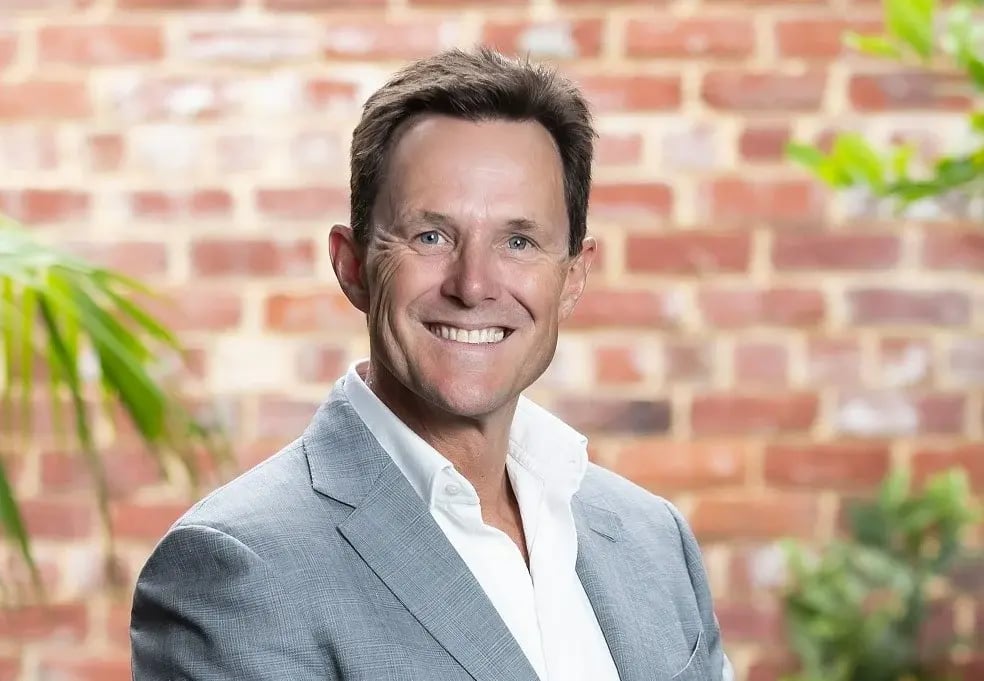Ryman releases aged care policy discussion paper
Ryman releases aged care policy discussion paper

Ryman Healthcare is taking a leading role in the public conversation about how to address Australia’s aged care crisis, with the launch of a policy discussion paper.
The paper, launched this week in Melbourne by New Zealand’s High Commissioner to Australia Dame Annette King, lays out a blueprint for reforming Australia’s underfunded, underperforming and unprofitable aged care sector.
It concludes that widespread adoption of a Continuum of Care model would provide a better quality of care for older Australians, reduce the cost of the aged care system on the taxpayer, alleviate pressure on the public health system, and increase housing supply.
The Continuum of Care model, whereby retirement living and aged care services are integrated within one village community, is widely adopted in New Zealand, where Ryman was founded almost 40 years ago.
WATCH: What does Continuum of Care mean?
All of Ryman’s 38 retirement villages in New Zealand, as well as its seven in Victoria, have aged care centres, compared with just 30 percent of Australia’s retirement villages offering aged care facilities onsite or in close proximity.
The discussion document’s key recommendations include:
• Establishing a national regulatory regime to govern the retirement living and aged care sectors as one
• Creating greater incentives in planning systems for integrated retirement living and aged care facilities, and
• Introducing a specific home care package for retirement villages to help residents live independently for longer.
Cameron Holland, CEO of Ryman Healthcare Australia, said aged care in Australia needed to change to meet future demand.
“Aged care in Australia is fundamentally broken and, with almost 65 percent of operators currently running at a loss, and ageing aged care stock not meeting customers’ changing needs, the need to rethink our entire approach couldn’t be more urgent,” Mr Holland said.
.webp?width=1620&height=1080&name=White%20Paper%20Launch-16-min%20(Large).webp)
Ryman Australia CEO Cameron Holland (centre) with Weary Dunlop Retirement Village Residents Bill Hearn (left) and Graham Ruthven at the discussion paper launch.
“Yes, more government funding is needed but simply pouring more taxpayer dollars into a bucket with a hole in the bottom isn’t a sustainable long-term solution.
“I’m a fiercely proud Australian, but the simple truth is the Kiwis’ approach to aged care has been streets ahead of ours for decades. It’s why Ryman Healthcare expanded into Australia almost 10 years ago, and why demand for its more holistic offering has been so strong here ever since.”
Mr Holland said Australia’s aged care system is not fit for purpose today, let alone the increased demands of the future.
“A new model is needed to help fix this broken system, and we’ve seen first-hand how the New Zealand approach can work. And it works because the Continuum of Care model mirrors the unpredictable reality of the human experience.
“People downsizing into a retirement community to live independently know that if their or their partner’s health needs change in the future, they can access aged care right where they are. This approach minimises disruption and change in the most challenging of life stages for both residents and their families.”
.webp?width=1620&height=1080&name=White%20Paper%20Launch-03-min%20(Large).webp)
Dame Annette King officially launches Ryman's aged care policy discussion paper.
Dame Annette officially launched the document at an event in Melbourne on Thursday night, and also wrote the document’s foreword.
“The Continuum of Care model – widely used in New Zealand but only in its infancy in Australia – offers a strong basis on which to address two key issues facing the aged care sector: financial viability and, most importantly, improving the quality of care delivered to residents,” Dame Annette said.
“As Ryman is demonstrating in its villages in Victoria, as well as back home in New Zealand, the Continuum of Care model facilitates investment in the high-quality aged care that older people need and deserve.”

Cam Ansell (above), Managing Director of aged care consultancy Ansell Strategic, said older Australians spend more time in institutional long-term aged care facilities than any other OCED country.
“Australians spend, on average, more than 30 months in residential aged care – more than any developed country in the world. But there are few options in between being at home and requiring care and residential aged care in Australia,” Mr Ansell said.
“Retirement villages can provide a substantial contribution to help address Australia’s aged care crisis.
“Our dependence on residential aged care facilities can be proportionately reduced through a more widespread adoption of the Continuum of Care approach, allowing providers to give high-quality, cost-effective care in the preferred environment of most older people.”
by Ryman Healthcare | Sep 16, 2022
Subscribe to our blog newsletter
You May Also Like
These Related Stories

Australian Aged Care Minister on Ryman fact-finding mission

Ryman's COVID-19 leadership wins national award

